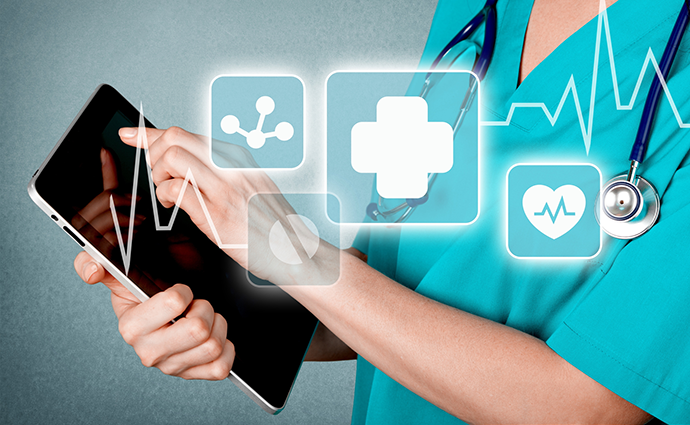Ethical SWOT Analysis of RPM
Ethical SWOT Analysis of RPM
LAS432 Technology, Society, and Culture

Ethical SWOT Analysis of Remote Patient Monitoring (RPM)
| Strengths
· Lack of physical contact reduces the risk of exposure because contact is via telecommunication. · Leads better utilization of human resources because one physician can see more patients in a day. · Teleconsultation makes primary and tertiary healthcare accesible to all even those geologically marginalized. · The current digitalized trends means that most patients are confortable with telecommunication. For instance, most patients know how to use a smartphone or a computer. · The technology requires mínimum infrastructure, only internet access and a digital device, specifically a smartphone or computer.
|
Weaknesses
· Internet speed, reliability, and connectivity impacts the effectiveness and efficiency of the RPM. · Telemedicine through RPM provides mínimum emergency services. · Report exchange is limited because of lack of physical contact. · Services might not be equitable because RPM services can be inaccessible to illeterate individuals or those without internet connectivity. · Most contacts made through RPM are primarily for inquiry rather than consultation. · Patient data collected can be of poor quality. · There is a shortage of trained staff to operate RPM systems. · The same physician might be unavailable during follow-up.
|
| Opportunities
· Increased use of RPM can help strengthen the referral mechanism, increasing healthcare utilization. · EHR digitazes patient’s records and helps link to patients’ Unique Health Identification Number (UHID), increasing quality of data collected and stored. · Patient’s geolocations can help with early disease identification, especially during an outbreak. · Stringest guidelines like the HIPPA can be adopted in using RPM to avoid legal issues associated with violation of privacy to enhance patient safety.
|
Threats
· Record keeping is an issue of concern linked to RPM because of hackers and unauthorized access. · Vulnerable groups can be exposed to privacy violations when communicating with physicians. · Poor internet speeds and connectivity impact negatively on quality of patient care. · Beneficiaries or patients lack awareness regarding specific services offered by the RPM system, impacting growth in use. · Social media trends regarding risk of patients’ privacy violations and stealing of patient data impacts the acceptance of the RPM system. Patients need assurance of the safety of their data. |
References
https://www.ncbi.nlm.nih.gov/pmc/articles/PMC8300556/



